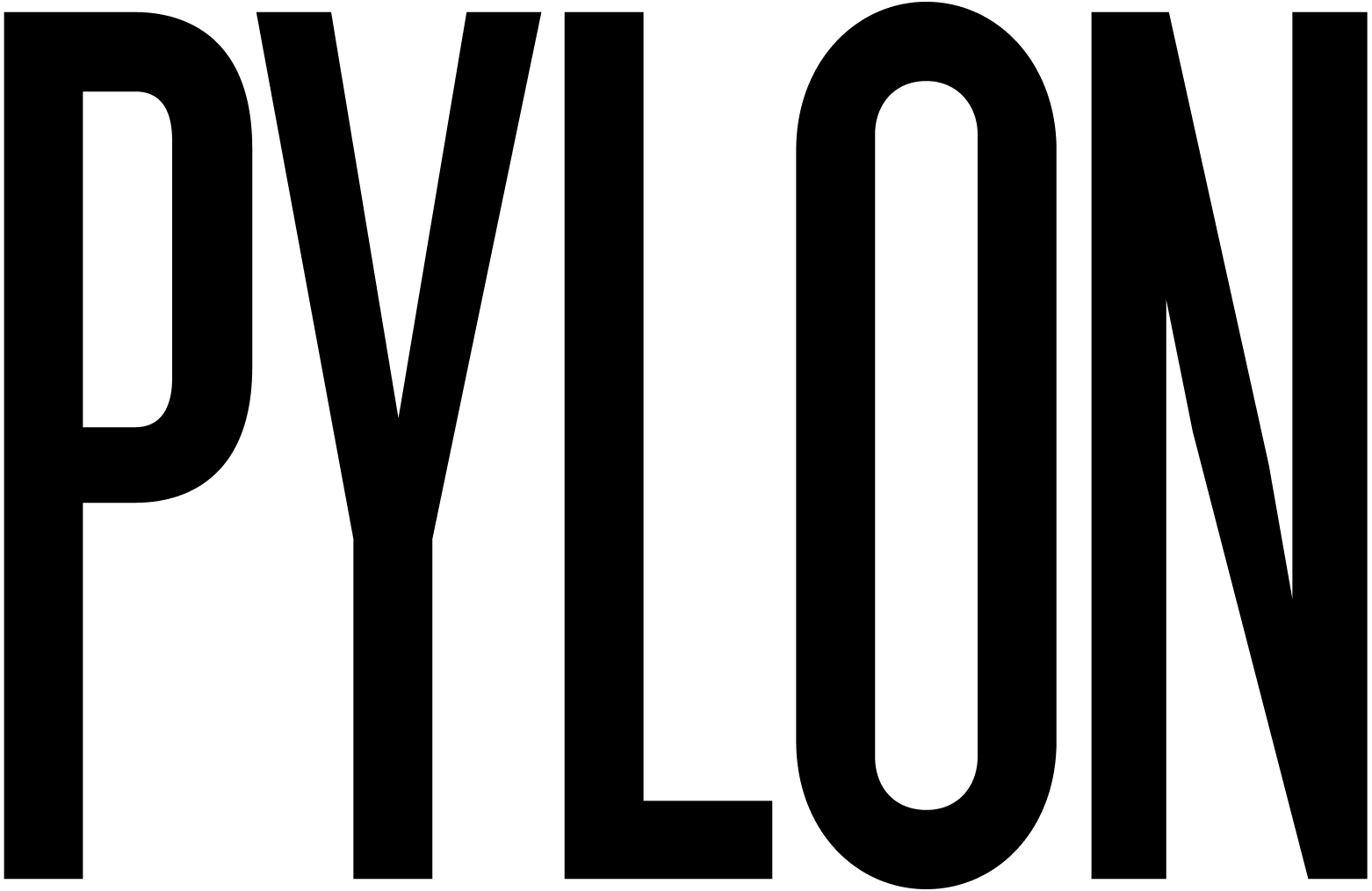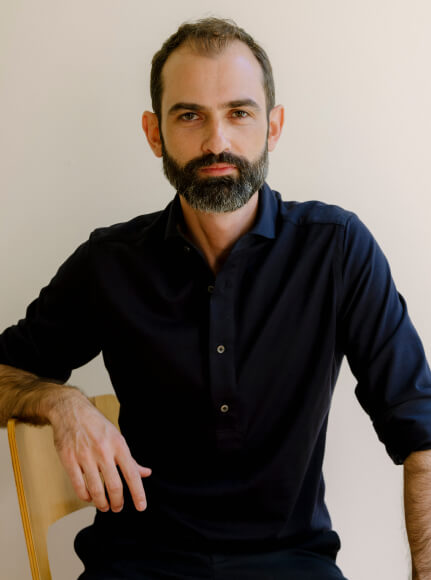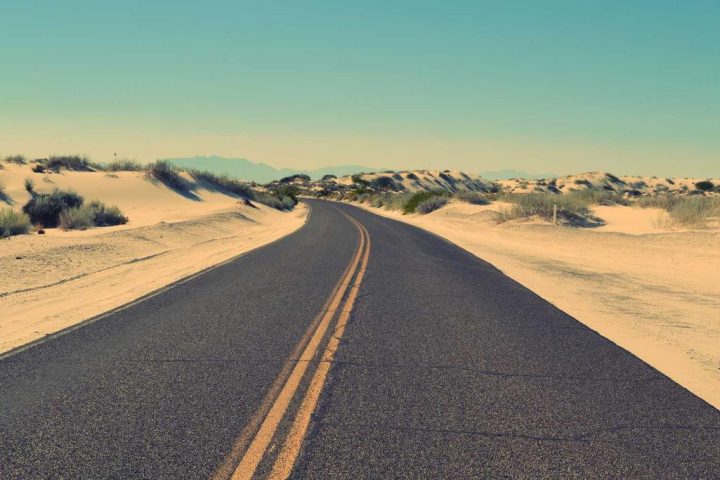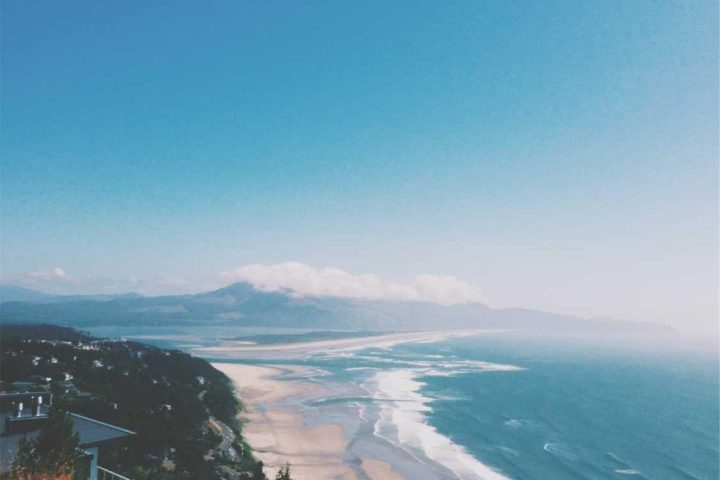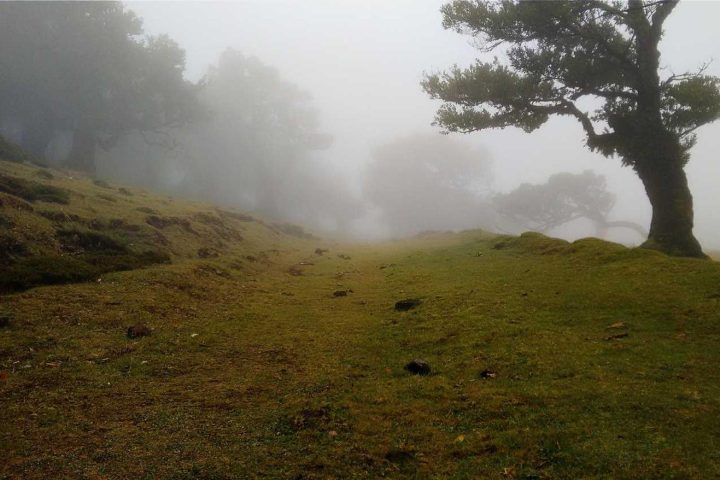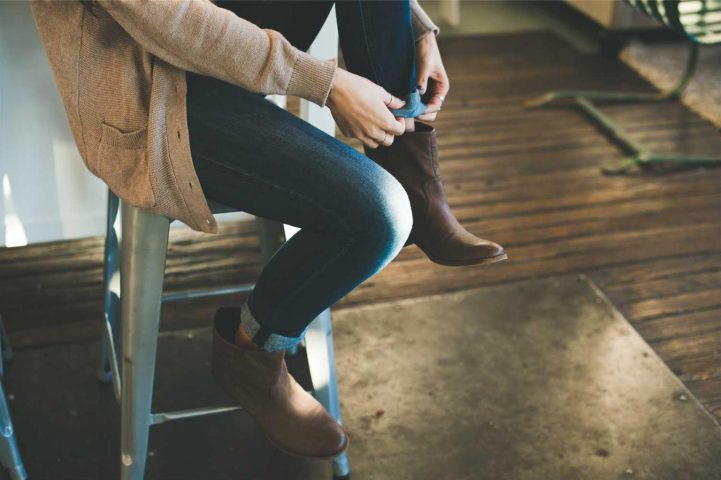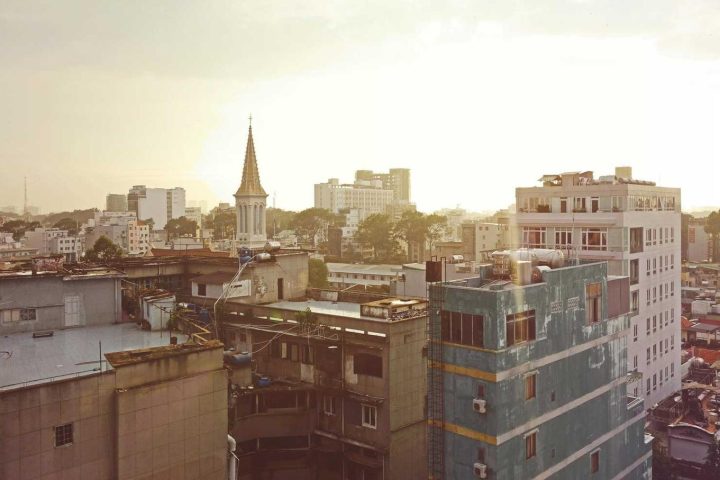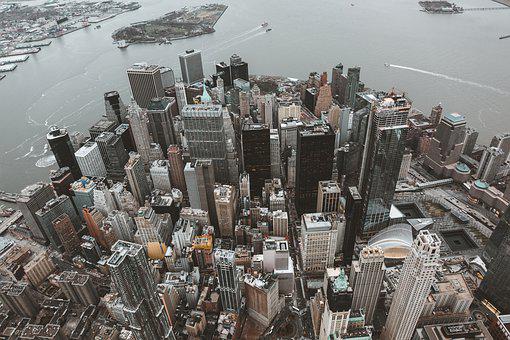I’M Interested In Architecture That Really Improves Lives. I’M Interested Also In Architecture That Brings A Sense Of Belonging. Belonging To The Site Where It Is Built; Belonging To The People That Use It; And In Particular, Belonging To The Moment That We Live In, Adopting The Current Technology And The Aspirations Of Our Society.
This is citation
Seeking novel adventures and challenges outside of Curitiba, Fernando chose to leave behind the familiarity of his native hometown after a few years into his career, to make New York City his new home. Fernando has worked with several well-known firms since moving here over adecade ago and started his own practice just before the COVID-19 pandemic hit. The good-humored, former reggae band member works according to a philosophy shaped by his up bringing in Curitiba and by mentors like Peter Eisenman, whom he’s had the good fortune of learning from along the way.
One crisp fall morning, Fernando sat with Pylon to discuss his journey from Brazil to New York City, working with influential architects and urbanists, life as a small-firm owner, what his architecture practice looks like now and the legacy he would like to leave behind.
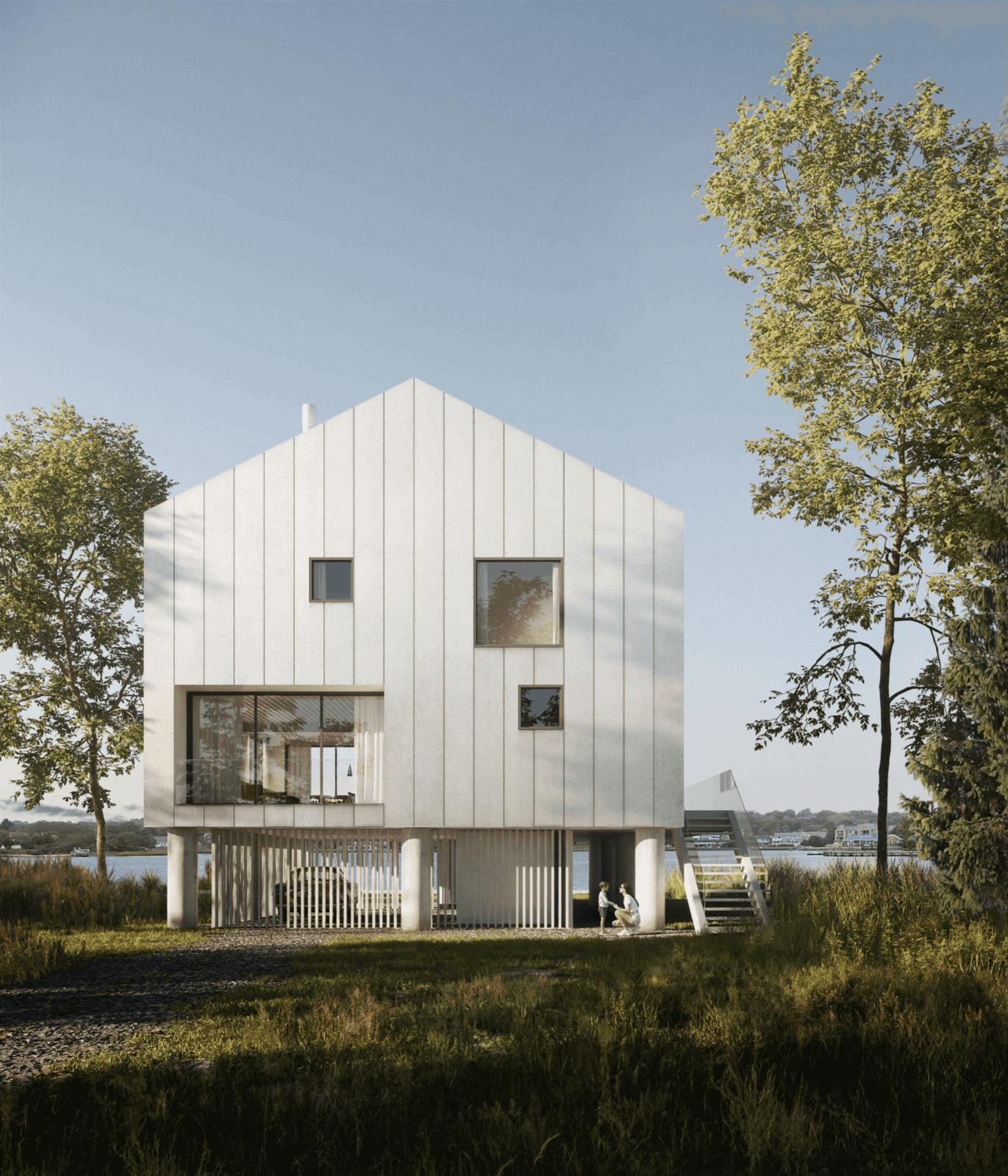
Tamasen House
Tell us a little more about your journey to get here. Were you born and raised in Curitiba?
I’m originally from Brazil. I was born and raised in Curitiba, which is in the south of Brazil—it is the city that Jaime Lerner made famous. That fantastic,incredible urban planner! He was the mayor of the city three times and then Governor. I had the pleasure of working with him on some city projects. In Curitiba, I studied architecture and urban design, and then art history for my master’s degree. I worked for about six years, mostly in residential architecture and then I worked with Jaime, who took me to Angola. We participated in this incredible project with the government of Angola. Then, in 2011, I made up my mind and I decided to come to New York. I had never lived anywhere else, so I wanted to experience another country. My mom is American, so I had the possibility of coming to the US as a citizen.
So now it’s been 10 years that I’m here. I wanted to experience the big city and the international offices. One of the first lectures I went to [in New York] was a Cornell studio that Peter Eisenman was running. After the lecture, I went to talk to Peter and we really connected. He told me about a new competition in Istanbul and asked me to stop by his office. I stopped by, talked to Peter and then started working with him– it was kind of the dream come true. I worked withPeter for a year before I decided to go back to school.
I went to Columbia University and got my Master’s Degree in Advanced Architectural Design. I then worked for a few offices where I learned all the technicalities of building in the US, which is pretty different from Brazil. And finally, two years ago, working so many nights, so many days, I really came to the conclusion that I should at least try to do it for myself. I was fortunate to get two residential projects–one by Greenwood Lake in the Hudson Valley and the other, a townhouse in Brooklyn—right before the pandemic, like right before.
So you worked first and then went back to school?
New York made me rethink everything. It was interesting to take that moment to go back to school and revisit everything that I learned and really think about what I wanted to pursue.
Have you lived in Brooklyn the entire time? Why did you choose to live in Brooklyn?
I lived in Manhattan for the first half of my time in NYC. Now I live in Brooklyn. After five years of living in Manhattan, jumping from the East Village to Morning side Heights, to Harlem, I moved probably nine times. I was counting. But it’s been five years since I’ve been in Brooklyn. I lived in Cobble Hill and now I live and work in Boerum Hill. Since all our work is virtual, I’m really, really trying hard to keep it like that.
Do you miss the office at all?
I miss the day. I used to love to go to the gym superearly, arrive almost at 7:30 to the office and have my coffee before people started to arrive. I miss the office movement. But I think it’s so productive and we can reach so far, virtually, that I really take advantage of it. And it really is working well, I have to say.
What was it like working with Peter Eisenman? Did you work with anyone else besides Peter Eisenman in New York?
Peter was very interesting because he was intense when he was thinking. When he would talk about architecture, he would close his eyes and really talk seriously about it. On average, he was very simple. He would spend 20-30 minutes talking about the last NBA match with the custodian (he’s very into sports). He was super approachable.
In New York, my first job after graduating from Columbia was with TEN Arquitectos. I did most of the projects in New York and in Mexico and I had the opportunity of meeting lots of developers and interesting clients. And then after two years, life happens and we change, so I went to work with Grimshaw Architects. The main projects I worked on were a sustainability pavilion for the Expo 2020, Dubai. Then I worked on the new Terminal One for the Newark Airport. I really enjoyed coordinating the facade packages of the airport.
Time magazine listed Jaime Lerner as one of the world’s most influential thinkers in 2010. At what age did you begin working with Jaime Lerner, how long were you with him and what in your opinion, made him a great urbanist?
I was 27 and I worked in the office for about 1.5 years. Jaime would always say that “cities are not ascomplicated as the merchants of complexity would have us believe.” I think it translates into the will to make and resolve things more in the direction of opening paths. Jaime was great at making things happen, and one of his most powerful qualities, in my opinion, was his ability to translate complex ideas into simple attitudes.
Jaime was very personable with everyone in the office. He would arrive early in the morning and sit down at the kitchen table for breakfast. The table would always be ready with coffee, bread, fruit and soon. Everyone was invited to join. The greatest ideas came from these informal breakfast and lunch moments when the team would just casually interact and create.
Jaime recently passed away in May. What’s your most prominent memory of him/with him and how did working with him influence your own work?
I learned to see the importance of sustainability in architecture and in how we live our lives. A memory that I will carry with me forever was how Jaime cared about people. At his office, I understood that everyone had a singular role and had something unique to offer, independent of technical skills or academic background. We worked with people, not with machines
Can you tell us about one of the projects you absolutely loved working on while in Angola?
I worked as project manager of the “Urban Communities” project in Angola. It was a meaningful experience to travel to Angola with Jaime, to visit the local communities and work with the local government. The project was for the National Program of Housing and Urban Development called“My Dream, My Home”. The client brief called for the design of 14 cities around the country ranging from 90 to 300 hectares [222.4 to 741.3 acres], plus 40,000 housing units to serve as a prototype for the development. The guiding principle of the project was that living is much more than just residing, which led to the creation of the concept of “urban communities”. The idea envisioned the sustainability dimension in two ways: grouping utilities (sanitation, communications, and energy) and ensuring necessary density for its economic efficiency and promoting diversity through the community modules.
What made you branch out on your own? Running an architecture firm is not easy because you have the business side and the design side to deal with. What made you want to take on all of that?
I think I am fanatic about a challenge. I left everything in Brazil. I was pretty stable. But I knew the circle, the people, the engineers. I was pretty resolved there. I left everything to come to New York to start from scratch. And, as I mentioned, why not just try to do work on my own? To channel all that energy to my own projects. Of course, I learned that setting up the office was super, super intense, that the business side took 50% of my time—networking, talking to your accountant. But, at the end of the day it was pleasurable to do all of that.
What has been the most challenging or surprisingaspect of running your own firm?
I think the most challenging thing is finding new projects. It’s the number one thing that I have at the back of my mind. And every day, I try to do something about it in order to be in a good state of mind. I’m either posting something on social media, calling someone, going for a coffee every day, being proactive about potential new jobs. I think that’s what I feel is most challenging. Now, I have to find clients, but at the same time, I can go for a walk at 2pm.
See more of Fernando’s work at FernandoFisbein.com
